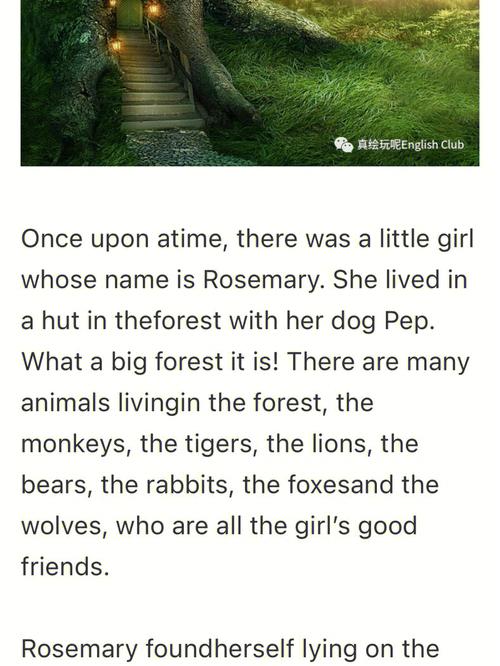Ostrich with Head in the Sand: A Detailed Look at the Myth and Reality
Have you ever heard the saying “ostrich with head in the sand”? It’s a common idiom that suggests someone is ignoring a problem or avoiding reality. But is there any truth to this? Let’s delve into the myth and explore the reality of ostrich behavior.
Origins of the Myth
The myth of the ostrich with its head in the sand dates back to ancient times. It’s believed that the myth originated from the observation that ostriches, when threatened, would lie down and hide their heads under their feathers. This behavior gave the impression that they were burying their heads in the sand.

Understanding Ostrich Behavior
Contrary to the myth, ostriches do not actually bury their heads in the sand. When they sense danger, they will either run away or hide by lying flat on the ground, blending in with the environment. This behavior is a form of camouflage and not an attempt to avoid reality.
Physical Characteristics of Ostriches
Ostriches are the largest flightless birds in the world, standing at an impressive height of up to 9 feet. They have long legs and powerful thighs, which enable them to run at speeds of up to 45 miles per hour. Their feathers are thick and provide excellent insulation, allowing them to withstand extreme temperatures.
Diet and Habitat
Ostriches are herbivores and have a varied diet, including grasses, leaves, flowers, and seeds. They are found in a variety of habitats, including grasslands, deserts, and savannas. Their adaptability to different environments has allowed them to thrive in various regions of Africa.
Rearing and Breeding
Ostriches are social birds and live in groups called flocks. They are monogamous and form strong bonds with their partners. The female ostrich lays up to 10 eggs, which are incubated by both parents. The incubation period lasts for about 42 days, and the chicks are able to walk shortly after hatching.

Economic Importance
Ostriches have significant economic value. Their feathers are used in the fashion industry, while their meat is considered a delicacy in some countries. Additionally, ostrich oil, derived from their fat, is used in skincare products.
Conservation Status
The ostrich population has been affected by habitat loss and hunting. However, efforts have been made to conserve these magnificent birds. The International Union for Conservation of Nature (IUCN) lists the ostrich as a species of “least concern,” indicating that their population is stable.
Conclusion
The myth of the ostrich with its head in the sand is a popular idiom that suggests someone is ignoring a problem. However, the reality is that ostriches do not actually bury their heads in the sand. Instead, they use their unique behavior to avoid predators and blend in with their environment. Understanding the true nature of ostriches helps us appreciate these fascinating birds and their role in the ecosystem.
